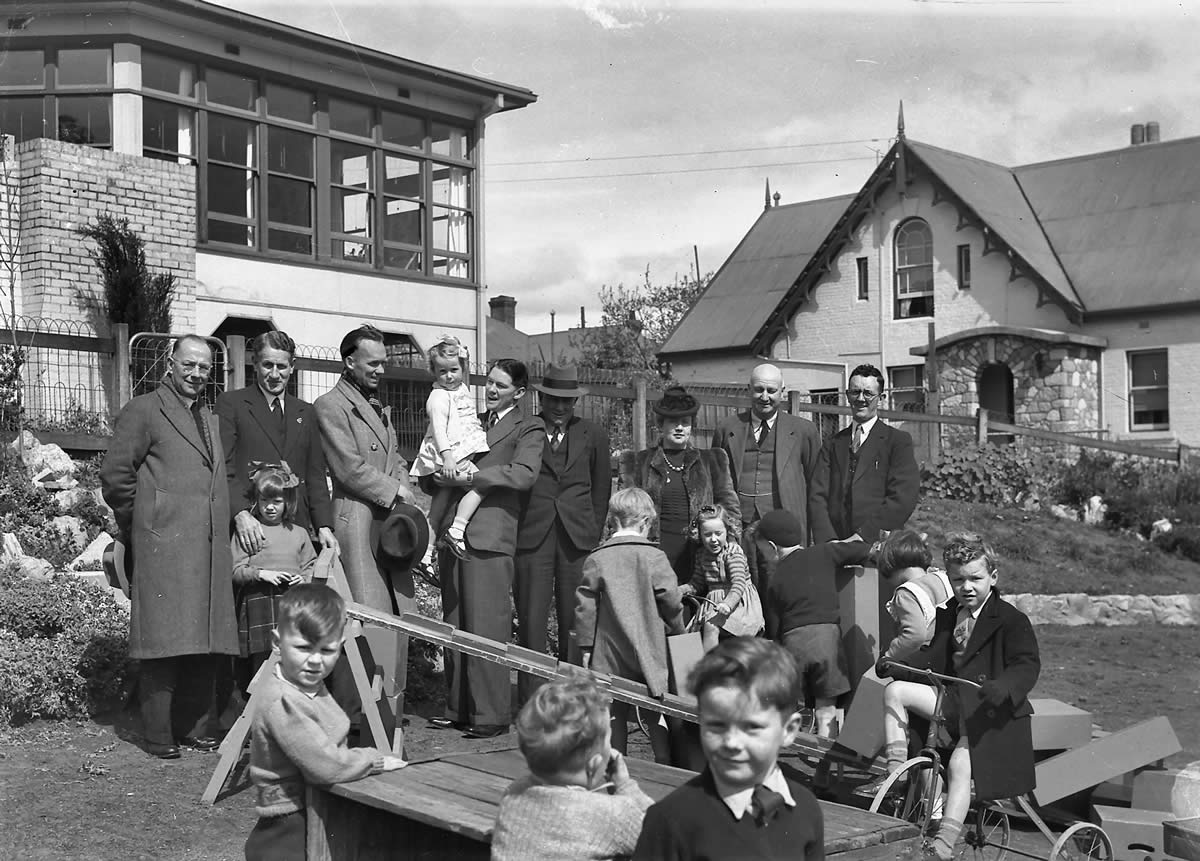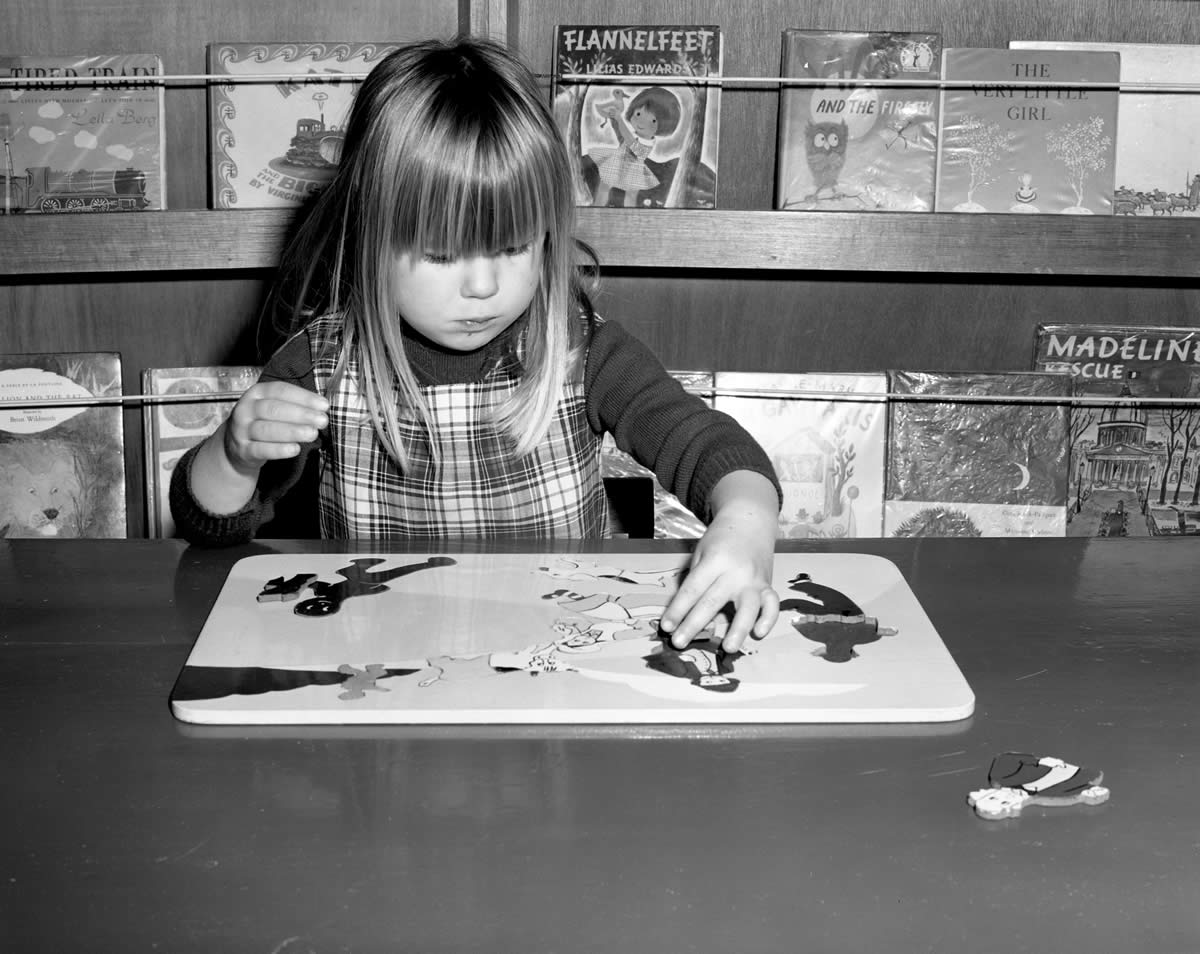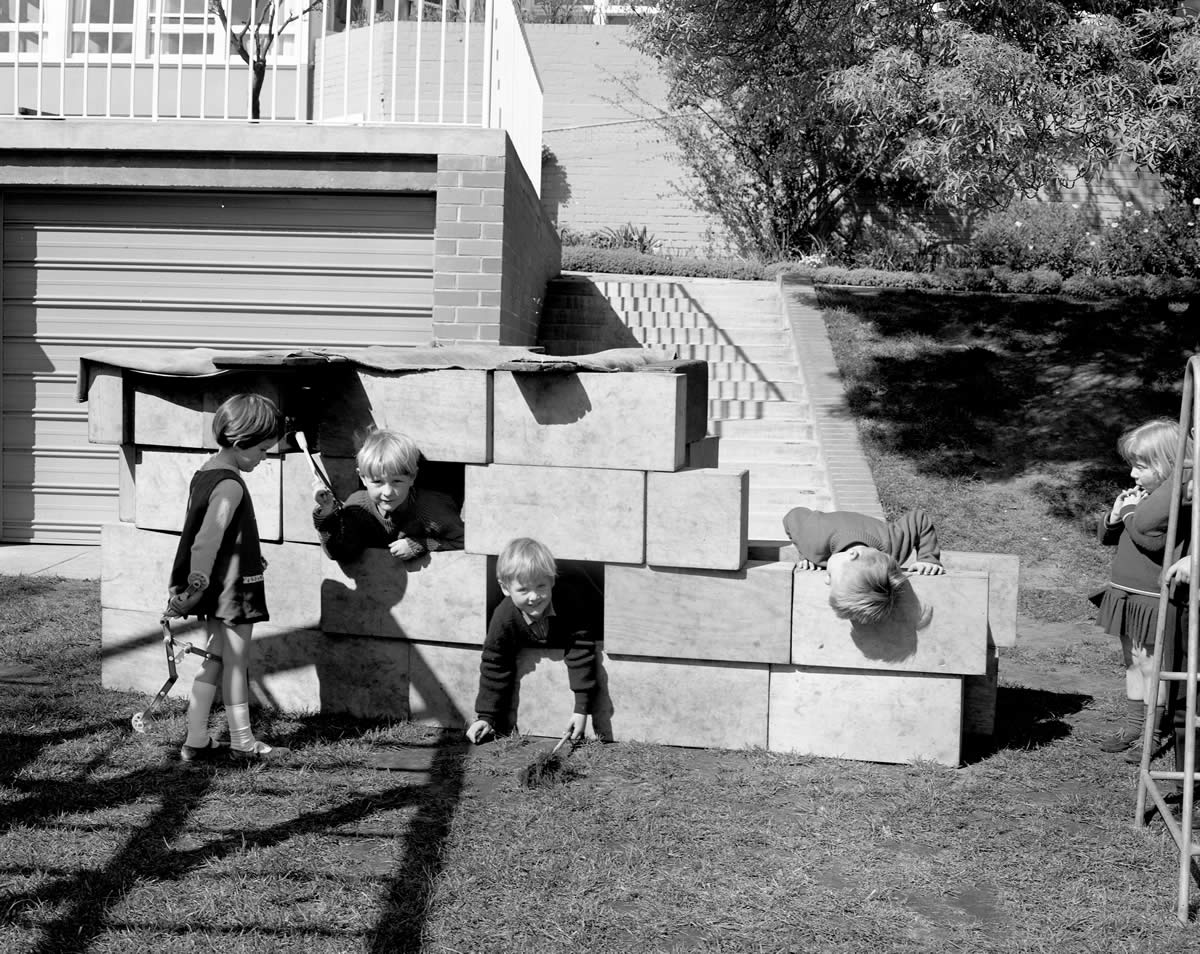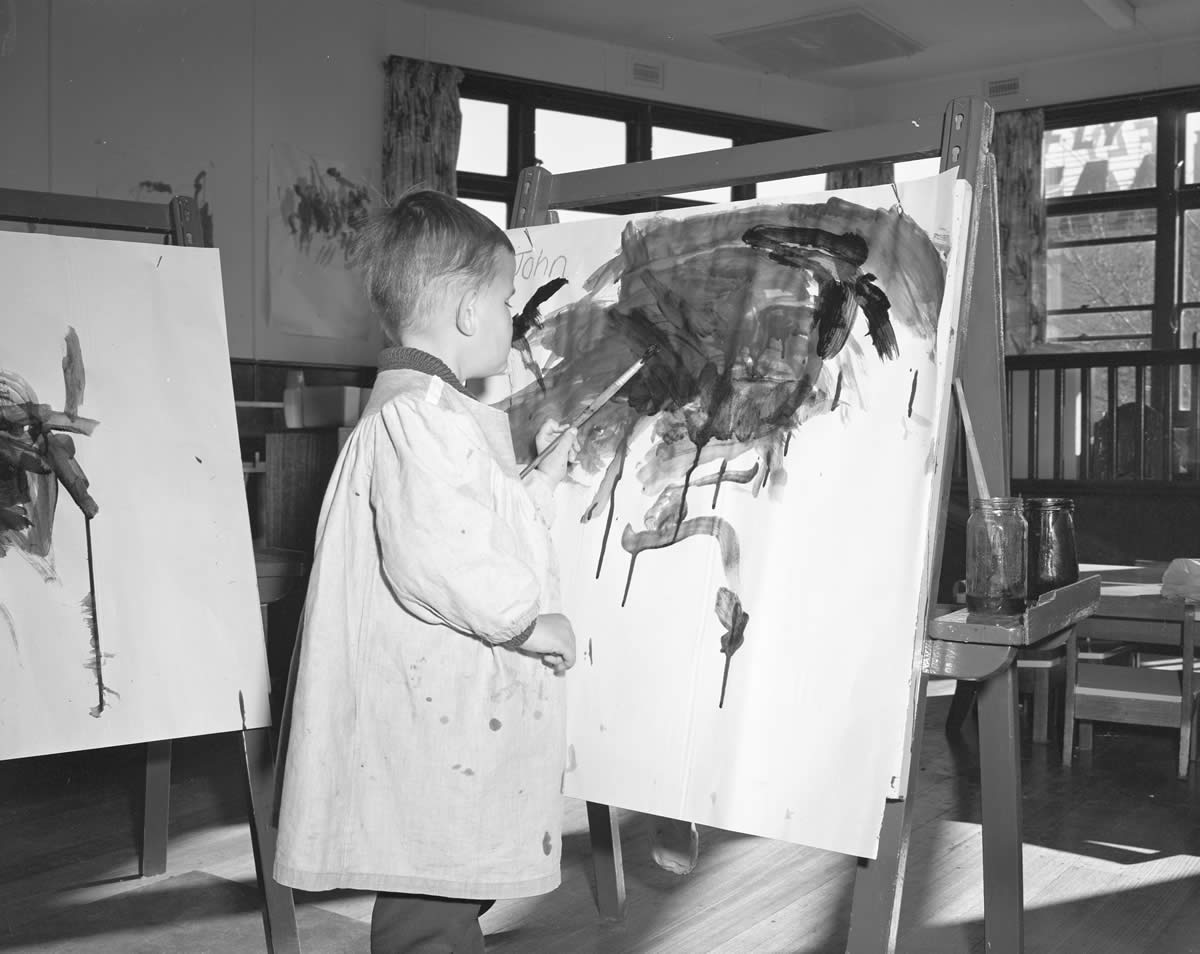17 Runnymede Street
In 1939, Battery Point became part of a national social experiment in child welfare for preschool children. Lady Gowrie, wife of the Governor General, believed that adequate care for the preschool child was the key to a successful future and she set up Lady Gowrie Centres across Australia. They were situated in areas of high density housing and catered for low income families with large families. Admission was restricted to children living within a one mile radius who could attend the school without having to cross a main road.
Set up on the medical model, Lady Gowrie Centres reflected concern about physical and mental development.
Long and low, and full of windows, it suggests a hospital perhaps, but far from being a refuge for the sick, normal health is one of the essentials for entrance. … [Here] it is hoped to gather in about 100 children – all under school age – all healthy, normal Australian children, preferably of Australian parents.
– Mercury, 23 April 1940
There was a strong emphasis on research and the centre was fitted with a one-way screen through which staff could observe the children. Each child was considered as a ‘case’, thoroughly investigated by staff including a nursing sister, an honorary medical officer, a social worker and general carers. The mothers of children enrolled in the centre were expected to use the time profitably to ‘improve’ themselves.
Today it offers a range of childcare programs and family support services.
… They wanted to set up demonstration centres in the poorest suburbs. Battery Point was very poor… and full of kids…
Listen
They wanted to set up demonstration centres in the poorest suburbs … Battery Point was very poor … and full of kids. … It had a mile radius, the children could go if they lived within a mile of the centre. …
You got your children there at 8.30 for their benefit and woe betide any parent who said they were going off to play tennis or anything for themselves – it was looked down upon.
So the social workers would round up the children who would have breakfast and then were deloused. It was a very hands-on experience.
Their idea was to demonstrate what a good kindergarten could be. That’s why they had booths with one-way mirrors so that children could be observed by students and professionals without them knowing or without interfering in the program.
It was a demonstration centre – it was very important and serviced this area.
– Ian Broinowski, Battery Point resident and child-care specialist

Opening of Lady Gowrie Child Centre, corner of Runnymede Street and McGregor Street July 1939
Lady Gowrie believed that looking after and caring for the children of the nation is really war work… we must all look after those who will follow us. Much has been said about building up a new world, and here is a practical way of beginning with the preschool child.
– Courier Mail, Brisbane, 27 July 1940
Source
Colin Dennison Collection

Lady Gowrie Child Centre Hobart soon after it opened
The building behind was the stables for the McGregor families. Lady Gowrie was a research centre into early childhood education, although some members of the community were sceptical about the cost of this research.
Thousands of children needed the care we now know how to give them… They might pursue their investigations so long that when I look around for the children to whom to apply them, we might find them all dead of this or that!
– The Mercury, 23 April 1940
Source
Colin Dennison Collection

Visit by Lady Gowrie children to Prince’s Wharf in the 1960s
Source
Tasmanian Archive and Heritage Office AB713 1 10600

Problem solving at Lady Gowrie 1960s
These plywood puzzles were innovative at the time.
Source
Tasmanian Archive and Heritage Office AB713 1 10556

Playground at Lady Gowrie 1960s
Children were encouraged to play in a range of activities that were considered novel in formal educational establishments at the time.
Source
Tasmanian Archive and Heritage Office AB713 1 10477

Lady Gowrie playground 1960s
Play equipment such as climbing frames and jungle gyms were only just being introduced at this time.
Source
Tasmanian Archive and Heritage Office AB713 1 10378

Finger painting at Lady Gowrie 1960s
The practice of allowing children to explore colour and free form was a new creative direction in early childhood education.
Source
Tasmanian Archive and Heritage Office AB713 1 10348

Music education at Lady Gowrie 1960s
Source
Tasmanian Archive and Heritage Office AB713 1 4681

Medical examination by school nurse at Lady Gowrie 1960s
The children had breakfast and were deloused. It was a very hands-on experience. Their idea was to demonstrate what a good kindergarten could be. That’s why they had booths with one-way mirrors so that children could be observed by students and professionals without them knowing or without interfering in the program.
– Ian Broinowski, Battery Point resident and child-care specialist
Source
Tasmanian Archive and Heritage Office AB713 1 10342
